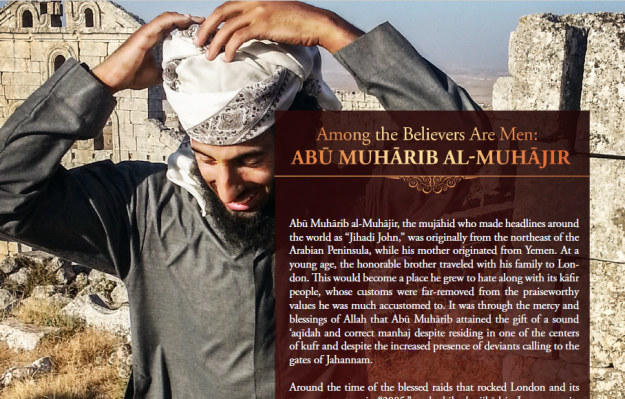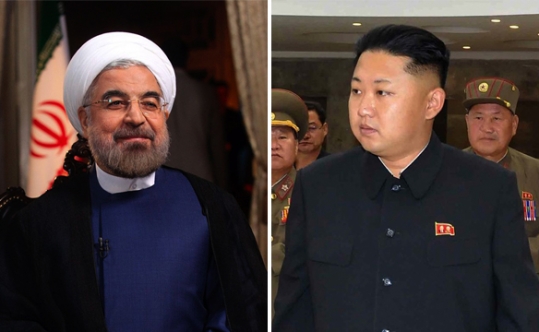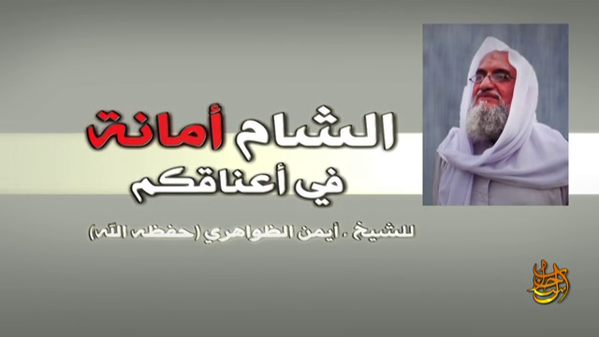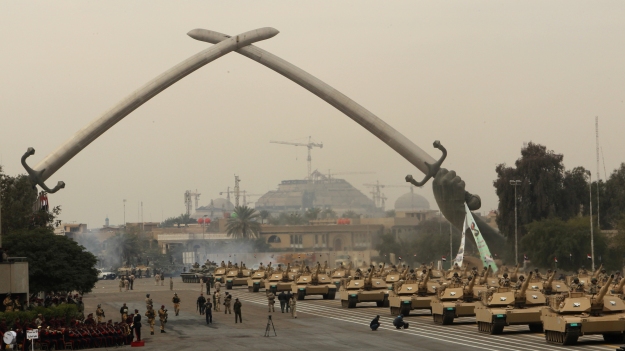By Kyle Orton (@KyleWOrton) on January 25, 2016
Published at Left Foot Forward.

The British inquiry into the death of Alexander Litvinenko concluded on Thursday, making official what everyone already knew: the Russian intelligence services, “probably” at the direct order of Russian President Vladimir Putin, murdered Litvinenko in London in November 2006.
Welcome as it is to have this on the record and to have Litvinenko’s killers named for all the world to see, it now leaves questions, primarily:
Will similar forensic scrutiny be brought to bear on several other odd instances of political and other crime in Russia?
And what does the British government intend to do now that the Kremlin is carrying out assassinations on its territory again? Continue reading






